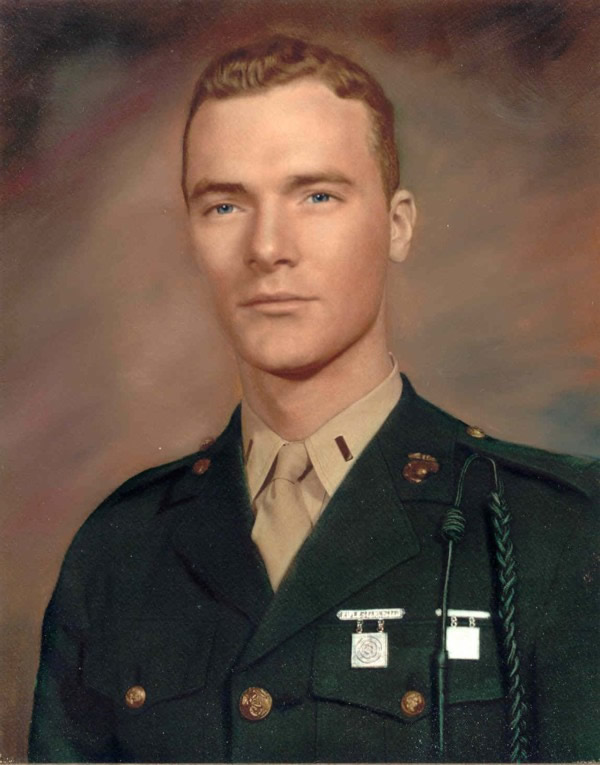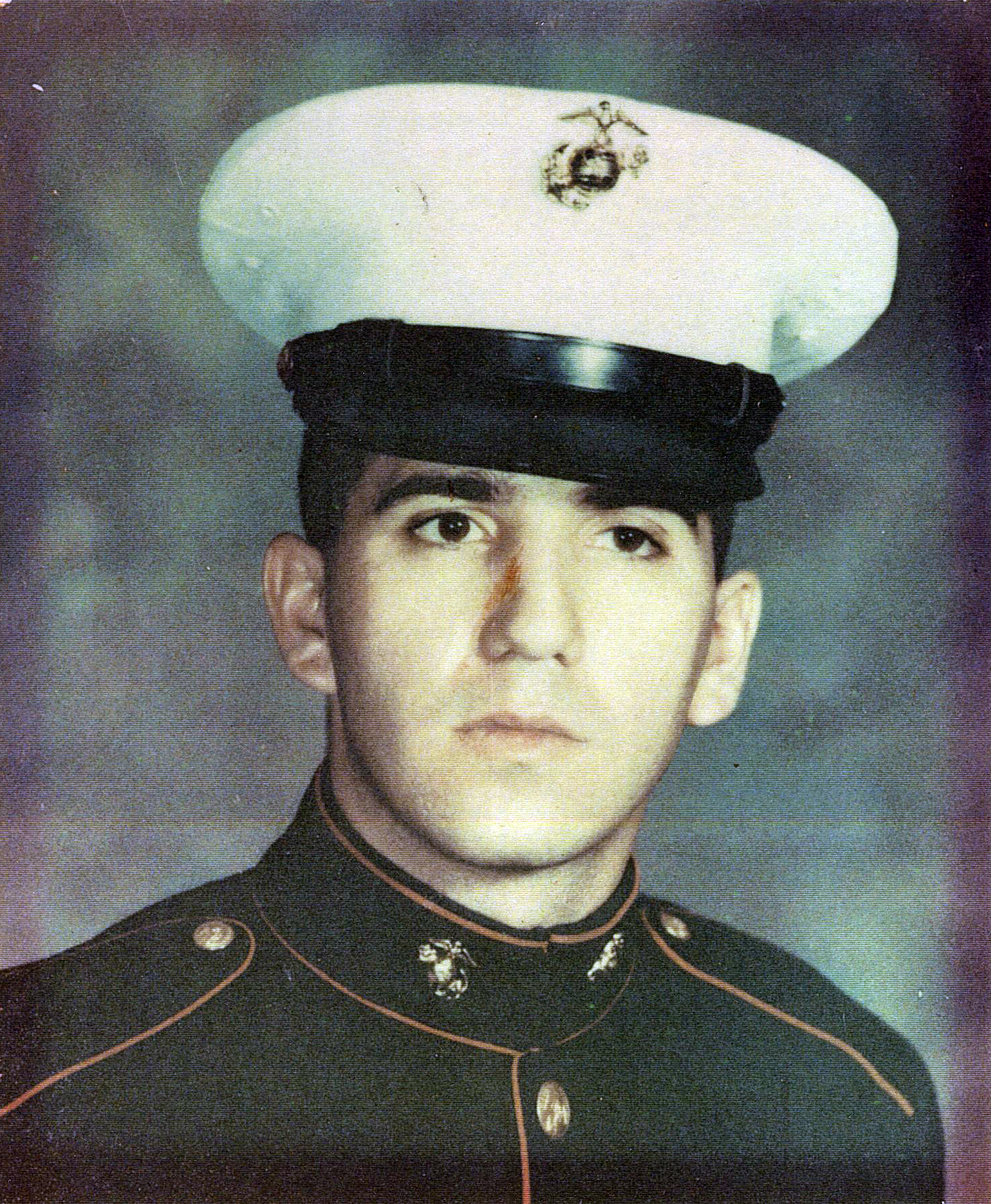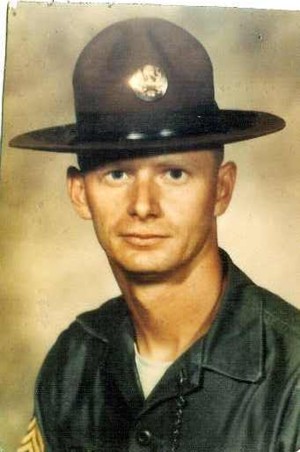
RICHARD F CORCORAN - CAPT
- HOMETOWN:
- clifton
- COUNTY:
- Passaic
- DATE OF BIRTH:
- August 21, 1938
- DATE OF CASUALTY:
- June 07, 1968
- BRANCH OF SERVICE:
- Marines
- RANK:
- CAPT
- STATUS:
- KIA
- COUNTRY:
- South Vietnam
Biography
Richard Francis Corcoran was born in Passaic, NJ, on August 21, 1938, and grew up in the Allwood section of Clifton, NJ. His home of record is Clifton, NJ. He had two sisters, Eileen and Pat, and one brother, Bill.
Dick attended St. Thomas the Apostle School in Bloomfield, NJ, and then graduated in 1956, from St. Benedict’s Preparatory School in Newark, NJ. Following high school, Dick spent three years at Mount St. Mary’s Seminary in Emmittsburg, MD, before transferring in 1959, to Providence College where he graduated in June 1960.
In his youth, Dick was very active with his school and church. He ran track both in high school and college and, while in high school, participated as a class officer, in choral groups and with other class projects. Dick was a devout Catholic, a member of St. Andrews and served, while in the Seminary, with the Knights of Columbus and The Emmitsburg Council, a group of churches serving the greater Emmitsburg area.
Corcoran enlisted in the US Marine Corps in late 1961, graduating from Officer Candidate School and Officer’s Basic School in 1962, receiving his commission as a Second Lieutenant. From 1962, through the summer of 1966, he was assigned to several Marine units in the US, Caribbean and the Mediterranean and was promoted to Captain in January 1966, while serving as the Deputy Commander of the Armed Forces Examining and Entrance Station in Phoenix, AZ. While in Phoenix, he was awarded The Army Commendation Medal.
In October 1966, Corcoran assumed command of Alpha Company, 1st Marine Battalion, 4th Marine Regiment, 3rd Marine Division operating in Quang Tri Province, Vietnam. Alpha Company was involved in numerous combat operations in Vietnam in late 1966 and 1967. In mid-May 1967, Corcoran was seriously wounded as a result of mortar fire while Alpha was operating near the DMZ/McNamara’s Line. He was evacuated from Vietnam, had major surgery and ultimately resumed duties on Okinawa in July 1967. While with the A-1-4, Dick was awarded two Bronze Stars, with letter “V”, for heroism, three Purple Hearts and The Vietnamese Cross of Gallantry, with “Gold Star”.
Corcoran returned to Vietnam in December 1967, as an Aerial Observer for the Headquarters Battalion, 3rd Marine Division again operating out of Quang Tri Province. Dick flew over 210 missions in support of Marine and Army units operating in areas including Khe Sanh, Hue, Dong Ha and Con Thien. He was awarded The Distinguished Flying Cross, The Air Medal, with letter “10” signifying the tenth such award, The Navy Commendation Medal, with letter “V” for valor, The National Order of Vietnam Medal and The Purple Heart. Dick also received The National Defense Service Medal, The Vietnam Service Medal and The Republic of Vietnam Campaign Medal.
Corcoran was killed on June 7, 1968, when his plane crashed in Quang Tri Province while on aerial reconnaissance. He was 29 years old. He is buried at Sylvan Abbey Memorial Park in Clearwater, Florida.
His Bronze Star citation reads:
For heroic achievement in connection with operations against insurgent communist (Viet Cong) forces in the Republic of Vietnam while serving as Commanding Officer of Company A, First Battalion, Fourth Marines, Ninth Marine Amphibious Brigade, during Operation Deckhouse VI, Phase II. On the morning of 27 February 1967, as the first wave of Company A, of which Captain Corcoran was a part, reached the landing zone, the helicopters received heavy small arms fire resulting in four men being wounded before the helicopters landed. Due to the strong resistance in the landing zone, the remainder of Company A was landed in the alternate landing zone, some 500 meters away. Disregarding his own safety, Captain Corcoran quickly organized the two squads that had debarked in the primary landing zone, established a perimeter and directed the return fire on the enemy. When enemy grenades wounded three men, Captain Corcoran immediately requested an evacuation helicopter, supervised the movement of the wounded men to a less hazardous landing site and directed the medical evacuation of the wounded men. Upon receiving the report that the remainder of the company was landing at the alternate landing zone, Captain Corcoran, realizing the importance of his company’s mission and that time was a critical factor, disregarded the heavy enemy fire and immediately and skillfully coordinated the regrouping of his company into one unit and executed a company sweep that accounted for at least nine enemy dead. Captain Corcoran’s courage, outstanding professional skill, inspiring leadership and calm, reassuring manner resulted in turning a potentially critical situation into an effective and decisive victory and were in keeping with the highest traditions of the Marine Corps and of the United States Naval Service.
His Gold Star in lieu of the second Bronze Star Medal citation reads:
For meritorious achievement in connection with operations against the enemy in the Republic of Vietnam while serving as Commanding Officer, Company A, First Battalion, Fourth Marines, Third Marine Division from 10 December 1966 to 13 May 1967. During this period, Captain Corcoran consistently demonstrated outstanding resourcefulness and initiative in the performance of his demanding duties. Constantly striving for perfection and to obtain the highest level of performance from his men, through his diligence and able leadership, Captain Corcoran formed a highly effective fighting unit, which distinguished itself during Operations prairie III, Prairie IV, Deckhouse VI, Desoto, and Beacon Hill I. In the early morning hours of 8 May, during an enemy attack on Con Thien, in Quang Tri Province, Captain Corcoran personally directed a counterattack, which overran and destroyed numerous North Vietnamese Army Regulars trapped in bunkers within the Marine perimeter. Wounded on three separate occasions during his tour, his primary concern was for the safety of his men and, only after assured of their well-being would he allow himself to be evacuated. By his exceptional professionalism and aggressive determination, he contributed significantly to the successful accomplishment of his unit’s mission and was an inspiration to all who served with him. Captain Corcoran’s outstanding leadership, initiative and loyal devotion to duty throughout, were in keeping with the highest traditions of the Marine Corps and of the United States Naval Service.
His Distinguished Flying Cross citation reads:
For heroism and extraordinary achievement in aerial flight while serving as an Aerial Observer with the G-2 Section, Headquarters, Third Marine Division in connection with operations against the enemy in the Republic of Vietnam. On 12 May 1968, while conducting a routine aerial reconnaissance mission, Captain Corcoran was diverted to support a United States Army infantry company which was heavily engaged with the enemy near the Demilitarized Zone. Arriving over the designated area, Captain Corcoran was informed that one platoon and had been separated from the company and pinned down by intense automatic weapons and mortar fire, with two men trapped in a forward position. Realizing the seriousness of the situation, he skillfully commenced adjusting artillery fire on the enemy positions. In order to enable the friendly unit to regroup and organize its defenses, he utilized white phosphorus rounds to create a smoke screen, while simultaneously directing gunships into the area in conjunction with the artillery fire. During attacks by the gunships, he alertly observed that one of the separated men was able to rejoin his unit. Aware that the other man had not moved, Captain Corcoran unhesitatingly directed the pilot of his observation aircraft to execute a low pass over the area and determined that the remaining soldier was dead. After controlling a second flight of gunships which provided covering fire for the evacuation of the wounded, Captain Corcoran continued to employ artillery fire and airstrikes that enabled the platoon to rejoin the company. Captain Corcoran’s courage, exceptional airmanship and unwavering devotion to duty contributed immeasurably to the accomplishment of the mission and were in keeping with the highest traditions of the Marine Corp and of the United States Naval Service.
Sources: The Corcoran Family, Bruce Geer, vvmf.org, and NJVVMF.
Remembrances
Be the first to add a remembrance for RICHARD F CORCORAN
Help preserve the legacy of this hero, learn about The Education Center.
LEARN MORE

